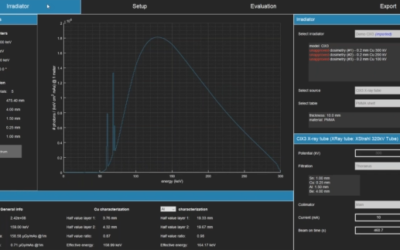BACKGROUND:
The high recurrence rate of keloids has lead to the use of multiple treatment adjuncts to improve cosmetic outcomes after surgery. To date, there has been no single, standardized modality agreed upon to produce the best results. The purpose of this study was to review the radiation-based treatments (brachytherapy, electron beam and X-ray) used for keloid management and compare their outcomes.
METHODS:
A literature review was performed from 1942 to October 2014 using the databases: PubMed database of the National Center of Biotechnology Information, MEDLINE, Biosis, Embase, Google scholar, and Cochrane database. Articles were reviewed for case numbers, patient demographics, keloid location, follow up, radiation modality, dose, keloid recurrence, and complications.
RESULTS:
A total of 72 studies met the inclusion criteria representing 9048 keloids. These studies were categorized by treatment: brachytherapy, electron, or X-ray. Meta-analysis demonstrated that radiotherapy after surgery had less recurrence when compared to radiotherapy alone (22% and 37%, respectively, P = 0.005). Comparison between modalities revealed that postoperative brachytherapy yielded the lowest recurrence rate (15%) compared with X-ray and electron beam (23% and 23%, respectively; P =0.04, P = 0.1). Subgroup analysis by location demonstrated chest keloids have the highest recurrence rate. The most commonly reported side effect of radiotherapy was changes in skin pigmentation.
CONCLUSIONS:
The results of this study reinforce postoperative radiotherapy as effective management for keloids. Specifically, brachytherapy was the most effective of the currently used radiation modalities.
Mankowski P, Kanevsky J, Tomlinson J, Dyachenko A & Luc M.







